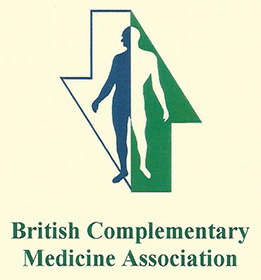As the world becomes increasingly interconnected, the demand for English language teachers continues to rise. Teaching English as a foreign language (TEFL) has become a popular choice for many individuals seeking to travel, work abroad, or simply make a difference in the lives of others. However, as with any profession, there are certain concepts and techniques that every TEFL teacher should be familiar with. One such concept is that of express agreement and disagreement, which plays a vital role in effective communication in the classroom.
Expressing agreement and disagreement is an essential aspect of any language, and it is no different in the context of TEFL. As a teacher, you will often find yourself in situations where you need to either agree or disagree with your students. This could be in the form of accepting or rejecting an idea put forth by a student during a class discussion, or even in the context of grading their work. Whatever the situation may be, it is important to know how to express your agreement or disagreement in a clear and concise manner.
Let`s first explore how to express agreement in the TEFL classroom. One effective technique is to use positive reinforcement. This can include praising a student for their contribution to a class discussion, or acknowledging their hard work and progress in their studies. Additionally, you can use phrases such as “I completely agree with you” or “You`re right” to express your agreement with a student`s idea or point of view. These techniques can help to build rapport with your students and create a positive learning environment.
On the other hand, expressing disagreement can be a bit more challenging, as it is important to do so in a constructive and respectful manner. One effective approach is to use the “compliment sandwich” technique, which involves starting with a positive comment, expressing your disagreement, and then ending with another positive comment. For example, you could say “I really appreciate your effort in completing this assignment, but I disagree with your conclusion. However, I can see that you have put a lot of thought into this, and I encourage you to keep exploring this topic further.” This approach helps to soften the blow of constructive criticism and shows your students that you value their efforts and contributions.
It is important to note that expressing agreement and disagreement is not only about your words, but also about your tone and body language. When expressing agreement, it is important to use an enthusiastic and positive tone, and when expressing disagreement, it is important to maintain a calm and respectful demeanor. Additionally, maintaining eye contact and using appropriate gestures can help to reinforce your message and facilitate effective communication with your students.
In conclusion, express agreement and disagreement are important concepts for any TEFL teacher to master. By using positive reinforcement, the “compliment sandwich” technique, and appropriate tone and body language, you can effectively communicate with your students and create a positive learning environment. As with any aspect of teaching, practice makes perfect, and by incorporating these techniques into your classroom interactions, you can enhance your effectiveness as a TEFL teacher and help your students achieve their language learning goals.


